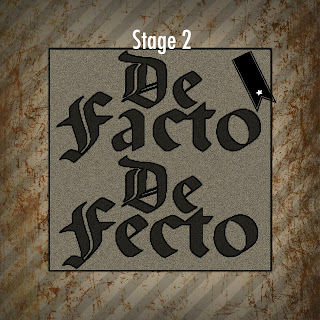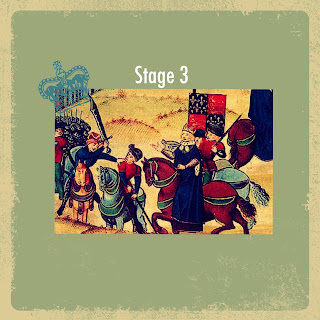Paul Nash-The Mule Track
Paul Nash was born in London on May 11, 1989, his parents were William and Caroline Nash. Paul and his brother John both grew interested in art at a young age. Paul's first major experience with art took place at the Carfax Gallery in 1912 and was successful with his art over the next few years. Wishing to help his country fight World War I, Paul reluctantly enlisted in the army hoping to be a red cross man. In March of 1917 Paul was sent of to fight on Western Front and participated in the battle at Ypres, becoming the rank of lieutenant. While in the trenches Paul often captured the sites by sketching them in his notebook. May of 1917 Paul was discharged from the British Army resulting from a non-war related accident. When Paul returned home he began transferring his sketches from the trenches into paintings that are well-known today.
Paul's piece "The Mule Track" depicts the battlefield that he witnessed during the war. He shows the damage being done by the mortar shells and the exploding earth. This piece helps to show people who did not experience life in the trenches just how horrific it actually was. The picture uses very dark colors and shadows only bringing contrast with the colors of the fiery explosions. This painting is symbolic of the death and destruction brought upon by the war because of the dead tress and exploding landscape it shows.






